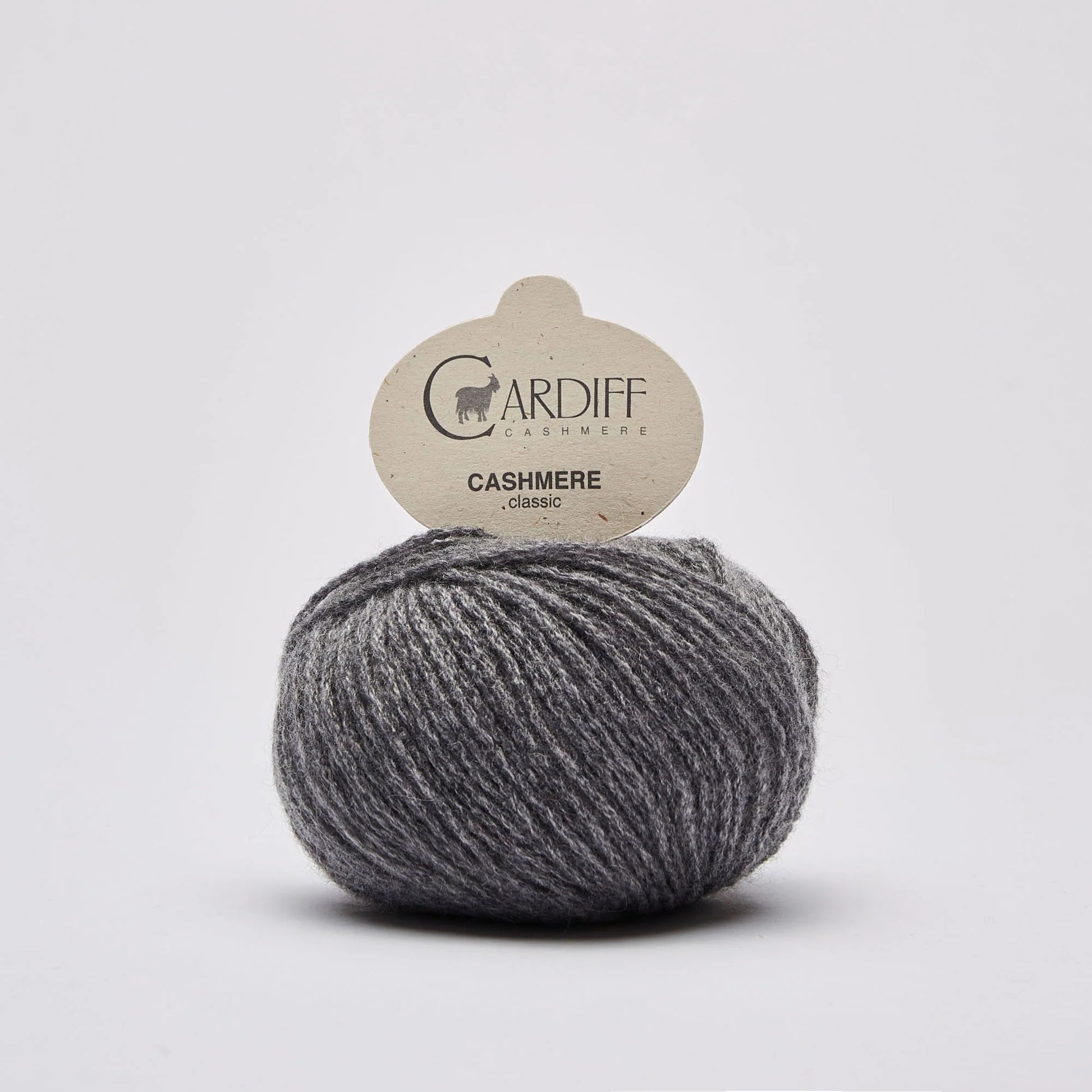How is cashmere Fibre Made and Why Is It So Desired?
How is cashmere Fibre Made and Why Is It So Desired?
Blog Article
Exploring the Different Kinds Of Cashmere an All-natural Fiber for Ultimate Luxury
Cashmere, a natural fiber, is usually related to high-end and convenience. However, not all cashmere is produced equivalent. From the highly soft Mongolian range to the lightweight warmth of Indian Pashmina, each type offers its very own unique functions and appeal. The more affordable Chinese cashmere, the conventional Scottish variation, and the premium Italian mix, all inform a various story of this exceptional fiber. As we untangle the globe of cashmere, a much deeper understanding of its real worth and sophistication begins to emerge.
Recognizing the Luxurious Nature of Cashmere
Cashmere, commonly connected with high-end and comfort, holds a distinct appeal on the planet of natural fibers. This soft, lightweight product is wanted for its exceptional heat and impressive resilience. Unlike other all-natural fibers, cashmere combines insulation with breathability, supplying unmatched convenience across varying temperatures. Its lustrous coating and soft structure contribute to its high-end allure, validating the premium price that often features cashmere garments. Furthermore, cashmere's fundamental wrinkle resistance and elasticity boost its desirability, making it a preferred option for premium garments and accessories. Despite its fragile look, cashmere has an unusual resilience, able to retain its form and lavish feel over time. This one-of-a-kind blend of characteristics seals cashmere's setting as an icon of sophistication and indulgence.
Simply What Is Cashmere and Where Does It Come From?

Given these extraordinary qualities, one may question the origin and make-up of this extravagant fiber. Cashmere is derived from the soft undercoat of cashmere goats, mainly discovered in Mongolia, China, Iran, and Afghanistan - is cashmere a natural fiber. These goats are adjusted to harsh climatic problems, producing an incredibly great, soft underfur as a protection versus the bitter cold. This underfur, or undercoat, is what is collected for cashmere. Each spring, when the goats normally shed their wintertime layer, farmers brush out the great underhair, leaving the coarser hair behind. This meticulous process adds to the shortage and high expense of cashmere. With its beginning in the rough landscapes of Asia, cashmere is a testimony to nature's capacity to generate deluxe from hardship.
Translating the Various Kinds of Cashmere
Recognizing the various kinds of cashmere is crucial to appreciating the high quality and special attributes of this extravagant textile. Normally, cashmere is categorized into three types: raw, virgin, and reused. Raw cashmere is straight acquired from the goat and is unprocessed. This type often contains impurities such as dust and crude hair. Virgin cashmere, on the various other hand, is the pure, unrecycled material that is rotated right into yarn for the very first time. It is the softest and most elegant. Recycled cashmere is made from virgin product that has been formerly made use of. It is re-spun and utilized in generating lower-cost cashmere products. Deciphering these types is the very first step in recognizing the exclusivity and value of cashmere.

The One-of-a-kind Features of Each Type of Cashmere
Having checked out the different categories of cashmere, it emerges that each type flaunts its distinct set of qualities. Mongolian cashmere, for example, is renowned for its superior quality, as a result of Mongolia's rough winters months that generate longer and finer fibers. Conversely, Chinese cashmere is typically much more budget friendly, though its shorter fibers can reduce toughness. Scottish cashmere is celebrated for its exquisite softness, a result of the standard water washing process using Scotland's soft water. Italian cashmere, at the same time, is popular for its masterful mixing and tinting strategies, rendering it versatile and lively. Indian cashmere, additionally recognized as Pashmina, is valued for its incredible lightness and heat. Each kind, therefore, adds to the fabric's reputation for luxury.
Why Cashmere Is the Embodiment of High-end in Fashion
Cashmere holds a renowned position in the world of fashion, regarded as a symbol of luxury and elegance (is cashmere a natural fiber). Cashmere is obtained from the fine undercoat of Himalayan goats, understood for their exceptional high quality fiber. Cashmere's unparalleled convenience and sturdiness make it a popular material in the production of premium garments.
The Process of Making Cashmere: From Goat to Garment
The journey of cashmere, from being an undercoat of a Himalayan goat to an extravagant garment, is a detailed one. This mix is after that fastidiously separated, with just the soft down utilized for cashmere. From goat to garment, each action is a testament to the virtuosity, skill and perseverance involved in crafting cashmere.

Conclusion
In conclusion, cashmere, with its natural beauty and unmatched convenience, preponderates what is cashmere in the globe of deluxe fashion. The diversity in kinds, ranging from the soft Mongolian, light-weight Indian Pashmina, economical Chinese, standard Scottish, to the vibrant Italian, discloses the convenience of this all-natural fiber. The meticulous procedure of changing it from a goat to a garment better includes in its exclusivity, making cashmere the embodiment of class and luxury.
Cashmere, an all-natural fiber, is typically associated with luxury and convenience (is cashmere a natural fiber).Cashmere, typically associated with high-end and convenience, holds a special attraction in the world of all-natural fibers. Unlike other all-natural fibers, cashmere combines insulation with breathability, providing unmatched comfort throughout varying temperatures. Cashmere is acquired from the soft undercoat of cashmere goats, mainly located in Mongolia, China, Iran, and Afghanistan. Cashmere is derived from the great undercoat of Himalayan goats, recognized for their exceptional top quality fiber
Report this page